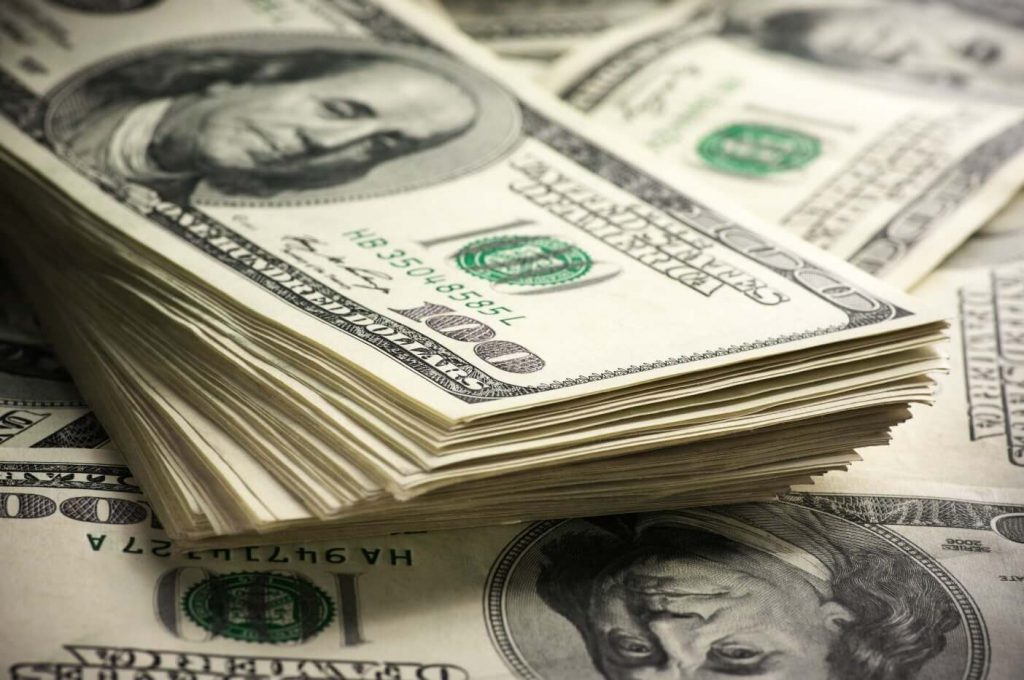
Dollar Largely Flat
The dollar was essentially unchanged early in the European session Wednesday, struggling for direction in holiday-thinned volumes. However, it appears to be on track for a strong 2022.
Most asset classes, including FX, experience low volatility in the week before and after Christmas. This year’s seasonal tendencies will be mixed. The Omicron variant threatens to impose new restrictions, and markets are still processing a week of critical central bank decisions.
With the recent rally in risk assets, the safe-haven dollar has been on the back foot, believing that the Omicron strain would be less dangerous than the Delta variety, the previous dominant theme.
Nonetheless, the dollar index has had its best year since 2015. Many analysts predict that the greenback will continue to rise in 2022. The US Federal Reserve recently indicated that it would begin raising interest rates next year, ahead of other major central banks, including the European Central Bank and the Bank of Japan.
Given our assessment of the persistence of US inflationary pressures, the Fed has additional leeway to turn hawkish. In contrast, financial markets are already speculating on the possibility of the Fed beginning rate hikes as early as the mid-March 2022 meeting. In other news, the USD/TRY rose 2.3 percent to 12.0812, with the lira weakening amid continued investor concern about Turkey’s monetary policy, after surging more than 50 percent last week after President announced a scheme to protect lira deposits from currency volatility.
Currencies
The Dollar Index (DXY) measures the value of the US dollar against a basket of six other currencies. It essentially didn’t change and was at 96.230.
The USD/JPY rose 0.1 percent to 114.90, just below Tuesday’s month-low of 114.94. EUR/USD fell 0.1 percent to 1.1305. GBP/USD fell to 1.3430, slipping from a five-week high. The risk-sensitive AUD/USD rose to 0.7229.
The Turkish lira had recently fallen to record lows due to the central bank lowering its policy rate by 500 basis points since September, despite rising inflation.
The country’s inflation rate is due in early January. It expects to rise above 30 percent in December for the first time since 2003.
The median forecast of 13 economists is 30.6 percent, the highest since May 2003, with estimates ranging from 26.4 percent to 37.3 percent.


